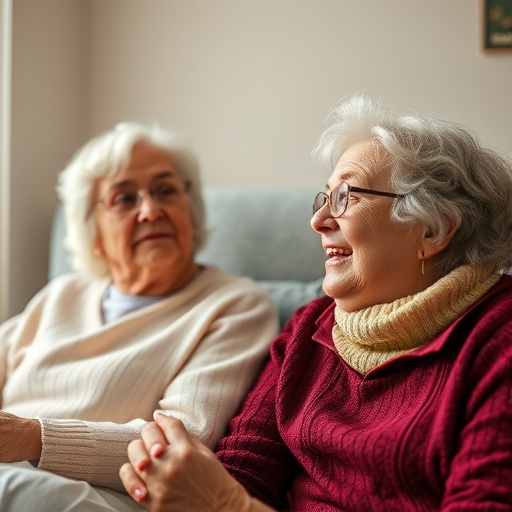Selfless heroism isn't the best strategy in life-and-death disaster situations involving groups of people, a new study from the University of Waterloo suggests.
The study, which used computer modeling of a flooded subway station, found overall survival rates were substantially higher when strong people in a 30-member group reached safety themselves before trying to help weaker people.
"Foolhardiness is not a good strategy for rescuing," said Eishiro Higo, a civil engineering PhD candidate at Waterloo who led the research. "In very critical situations, we have to be kind of selfish, but we can still help others if we have proper equipment and proper strategies."
In effect, he said, the study showed that when strong members try to help weak members before they are secure themselves, both are dragged down and the group as a whole suffers.
Higo and colleagues built a two-dimensional computer model of an actual three-level underground space in Kyoto, Japan that consists of a subway platform, a parking garage and a shopping mall.
The model simulates severe flooding from a nearby river, with a mix of adults and senior citizens who must reach safety via staircases from the subway platform level to the surface.
Higo repeatedly ran the model using three different evacuation strategies: one in which people only worried about themselves; one in which people immediately worked together as a group; and one in which those capable of saving themselves reached a safe place before trying to save others using a rope.
In most life-and-death scenarios when variables such as the ratio of adults to seniors were adjusted, the rope strategy resulted in the highest overall survival rate.
In a typical scenario that assumed evacuation efforts beginning at a particular point in time, for example, 12 of 30 people survived using the rope strategy, while there were just five survivors using either of the other two strategies.
"We have to identify what is brave and what is reckless," said Higo. "Helping people from a safe location is still good behaviour and the result is actually much better."
Crucial to the success of the rope strategy, however, was the availability of simple tools for use by rescuers. Design features including handrails and raised areas on stairs for evacuees to brace themselves or rest also markedly increased the chances of survival.
An extension of work he did for his master's degree at Kyoto University before coming to Waterloo, his research was motivated in large part by the earthquake and tsunami that devastated east Japan in 2011.
Higo hopes his findings stimulate discussion and lead to the inclusion of relatively inexpensive disaster preparedness features such as ropes and resting areas in public spaces.
Details of the research were recently published in the journal Expert Systems with Applications.
###
Media Contact
Matthew Grant
[email protected]
226-929-7627
@uWaterlooNews
http://www.uwaterloo.ca/
############
Story Source: Materials provided by Scienmag




